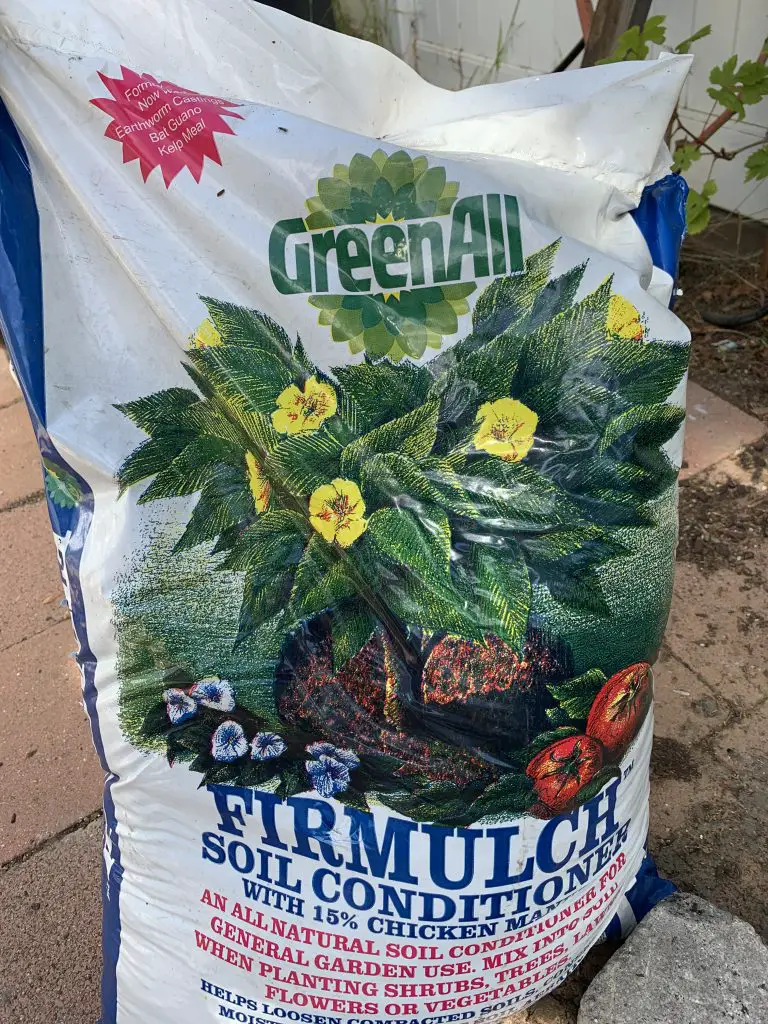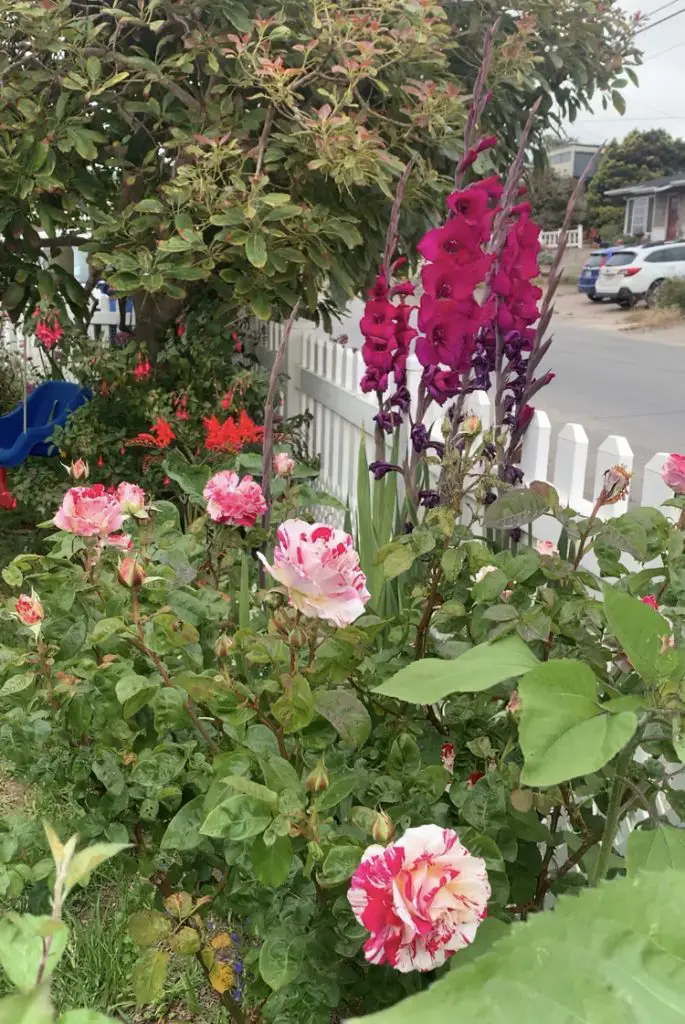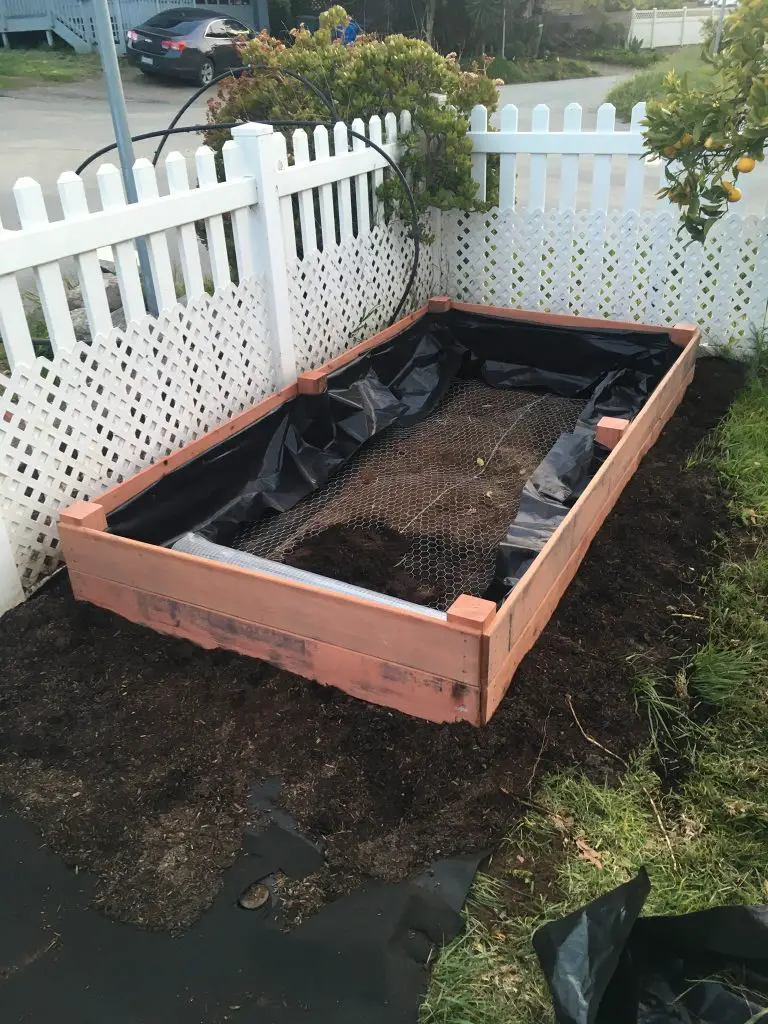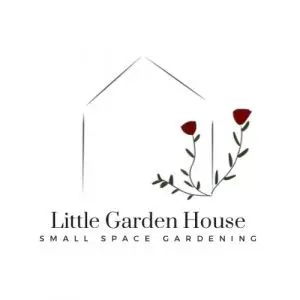This article contains ads and affiliate links. Pease see our Disclosures and Privacy Policies for more information.
If you want to learn how to Start a garden from scratch, whether you are moving into a new home with a blank slate, inheriting a patch from a previous occupant, or just re-doing your garden, we have outlined 5 simple steps that can put you on the right path.
To start a garden from scratch we recommend the following 5 steps… 1. Assess the conditions of your site, 2. Prepare your soil, 3. Choose plants using the ‘Right Plant, right place methodology, 4. Plan the space to include desired activities and 5. plan for maintenance. Let’s dig into each of these steps below…
1. Assess the conditions of your site
When you move into a new house, apartment, or even get a new allotment patch, the first thing to do is assess. Ask yourself the following questions.
- Are there any existing plants that you would like to keep? – This may not be obvious straight away, if your new garden has some planter beds or borders, it might be worth waiting a season to see what comes up. Sometimes something that looks like an old root could be a beautiful perennial waiting for its season to bloom.
- Is there anything you want to remove? Large parches of weeds, any overgrown shrubs that you do not like.
- What are the weather conditions? Take the time to map out the path that the sun travels throughout the day. Find out where are the sunny spots vs colder spots in the garden. Is the site exposed to the wind, is there a warm wall or paving area? Knowing this information will help you to plant ‘Right Plant right place’ which we will get into later.
How do I assess my local conditions?
To fully assess your site, gather the following information…
- Last Frost Date – Plant out after this date
- Rainfall – In dry areas you will need to plan for more watering or irrigation
- Average temperatures throughout the year
- If planting in the ground check the PH of your soil using a testing kit (We used this one)
- if planting in the ground also check the soil type using the hand method (Here is a great video from the RHS on how to test your soil).
You will use all this knowledge later, both to choose plans and also to design the layout.
2. Amend or prepare your soil
If you are planting directly into the soil, you will need to add some sort of amendment. If you are starting your garden on a patio, balcony or other type of potted garden, you can purchase good soil from your local nursery. See below our recommendations for adjusting the existing soil to your conditions…
- How to improve water retention for areas with dry soils or low rain – Add something to hold more water. We recommend mixing in a little cornstarch to the soil. We got this recommendation from our local nursery years ago. Sounds crazy, but it helps the soil hold water! If your soil is dry, you will also want to plan for heavy mulching as this will help keep the water in. Our favorite is Kellog GroMulch Organic plus, its organic but affordable. I have used it for years to improve my sandy soils, as it rots in each year the soils get better and better.
- How to improve drainage for very wet areas or heavy soils – To improve drainage add organic matter to break up the soil a little. Kellog Gromulch would also work for this.

3. Choose the right plants for each area of your garden
Once you have mapped out the conditions in your garden, look for plants that fit each of these areas. Using the method of ‘Right Plant Right Place’ will set you up for success.
The phrase ‘Right Plant, Right Place was coined by the late garden designer Beth Chatto. This concept is to only plant what is adapted to the conditions in that part of the garden. Remember, each garden can often be divided up into cooler, shadier areas, warmer areas, more or less exposed areas. There are trees, shrubs, perennials, and annuals that will be suited to every condition.

4. Design your garden layout with your activities in mind
In addition to being beautiful, your garden should provide you with a space to enjoy, depending on what you hope to get out of your garden, the design may be different. Below are some ideas..
- A Space to Entertain – Create an area for a dining table or BBQ area.
- Evening Relaxation– A fire pit, comfortable seating, evening blooming flowers and white blossoms.
- A Reading Nook – Create hidden areas with tall leafy plants or bushes and then a comfortable chair, rocker or bench for reading, consider privacy, light and scented plants.
- Childrens space to play – If you have little ones, you may wish to keep an area of the garden available for play, perhaps a lawn area or a patio for games.
- Growing food – If you hope to grow vegetables, reserve a space for a raised bed or pots. See How to Start a Vegetable Garden

5. Plan for Maintenance and design accordingly
This last point is very important, think about maintenance, how much work do you wish to do each week, month and year in the garden. Here are some things to consider…
- Water Usage – Do you live in a dry area? Do you wish to conserve water? If so, you may wish to plant drought tolerant plants. For other plants you will need to consider irrigation or how frequently the plants will need to be hand watered if you do not have irrigation. This is another reason to consider right plant, right place. Choosing plants that are adapted to your conditions will make maintaining your garden much easier. We water minimally, and we have a couple of areas which we do not water as they have been designed to be drought resistant.
- Pruning – When choosing plants, consider the space you have and how often you may need to prune, some vines or bushes get quite big quickly, which may be exactly what you are looking for, or you may want to stick to low maintenance plants. We used to have a bougainvillea bush, every time we left town it would grow and need to be cut back on our return. It was beautiful, but spiky and wild!
- Feeding – Research how often the plants you are choosing will need feeding and plan ahead. Some plants are much hungrier than others.
- Spread/ invasive nature – Lastly, when choosing plants ask the nursery or read online how it spreads. Some plants such as Bamboo will spread throughout your garden. Others may be invasive in your region. A friend once told me that the only way to get bamboo out of your garden is to move houses. Our bamboo is living happily in a pot.
These are all things to consider as you develop your garden so that you can have a garden that provides you with joy, a space to relax and gather with family or friends.
If you found this article helpful, please check out our other articles and follow us on Pinterest for more garden tips.
